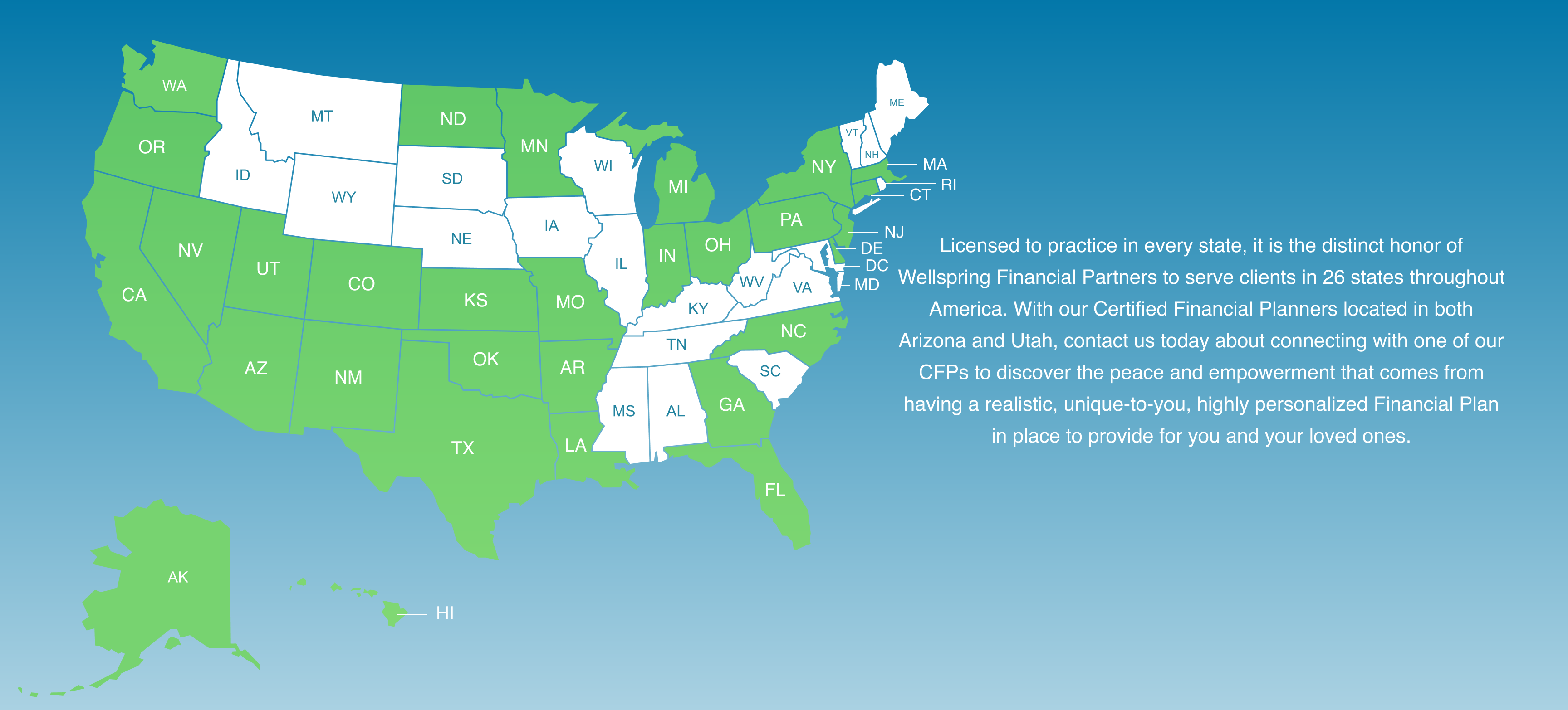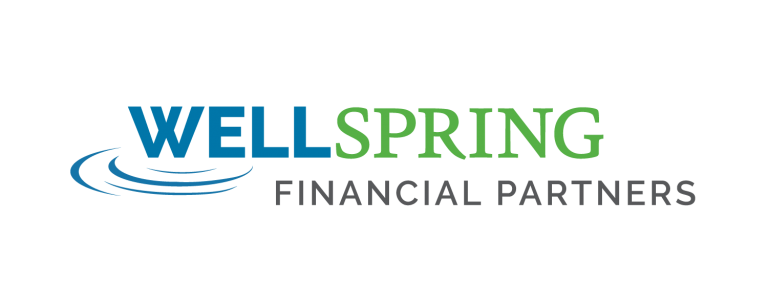The number of notices and disclosures required to retirement plan participants has increased while methods to access information changed drastically. Many people receive their news and information on electronic devices through apps and social media. What remains the same is the Department of Labor’s (DOL’s) guidance about permissible methods to provide notices electronically. There is a disconnect between how people are accustomed to receiving information (electronically) and what is permissible under ERISA.
What Disclosures May be Distributed Electronically Under the DOL Safe Harbor?
A comprehensive guidance — and safe for plan fiduciaries — is the safe harbor for electronic delivery provided in DOL regulations. The safe harbor includes the documents required to be furnished by ERISA
including, but not limited to:
- Summary plan description
- Summary of material modification
- Summary annual report
- Individual benefit statements
- Participant fee disclosure
- Investment-related information
- required for ERISA section 404(c) compliance
- Qualified default investment alternative (QDIA) notices (both initial and annual)
- Information regarding participant loans
- Any information that must be provided upon request by participants/beneficiaries
The list does not include safe harbor plan notice. That annual notice falls under the jurisdiction of the IRS, not the DOL, and thus is not included in the DOL’s safe harbor.
Who May Receive Documents Electronically?
There are two categories of individuals who may receive disclosures electronically:
- Participants who work at a computer
- Participants that do not work at a computer may still receive emailed notices provided that:
- the participant consents.
- prior to consent, the participant is given a summary of documents and informed that consent is revocable.
How Must Employers Distribute Notices Electronically Under the Safe Harbor?
Employers must be conscious of how they provide required disclosures. Many use their company website to post them. While this is allowable, the following additional rules must be met:
- The document must be easily accessible from the company website’s home page
- Access should be restricted by password
- A prominent notice should appear on the home page stating that the document contains important information regarding plan rights
- Notice of each posting must be provided
- Documents should remain on the website for a reasonable period of time
Should Employers Consider Electronic Distribution of Notices?
Absolutely! Technology is inescapably pervading every facet of our lives. While there are a few requirements to abide by, there are vast benefits to electronic delivery including cost savings (no more paper/postage to purchase, labor savings, etc.), environmental consciousness, quicker dissemination of information, higher likelihood of readership and overall more efficient retirement plan operation.

















